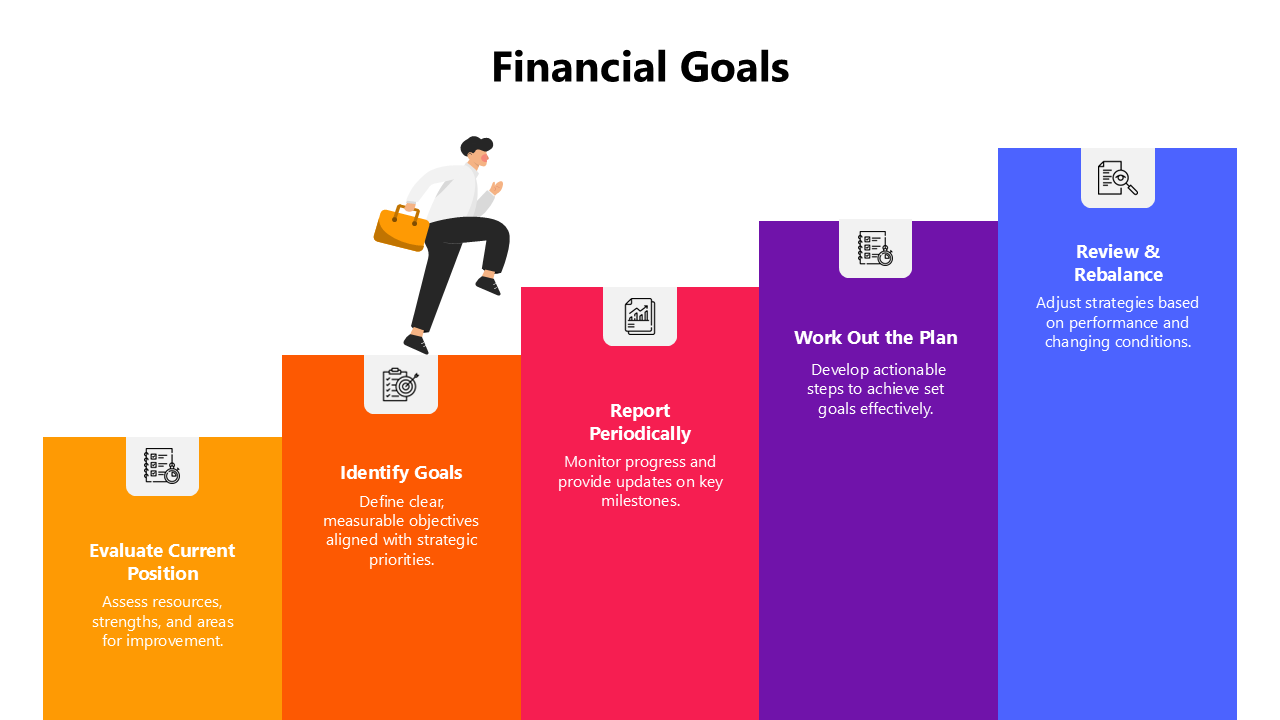The sting of a declined card, the dread of checking your bank balance, the sheer inertia when faced with budgeting – these are experiences most of us recognize. For generations, managing finances has been painted as a chore, a responsibility to be endured rather than engaged with. But a quiet revolution is underway, one that’s swapping spreadsheets and anxiety for points, badges, and a surprising sense of accomplishment. This shift is powered by gamified finance apps, and they’re not just a trend; they represent a fundamental rethinking of how we interact with our money.

A user enjoying the engaging interface of a gamified finance app.
It’s easy to dismiss gamification as a superficial tactic, a sprinkling of playful elements onto a fundamentally serious subject. However, the principles behind it are rooted in behavioral psychology. At its core, gamification leverages our innate desires for reward, recognition, and progress. Think back to childhood games – the thrill of earning a high score, the satisfaction of completing a level, the encouragement of positive reinforcement. These same mechanisms, when thoughtfully applied to personal finance, can transform daunting tasks into motivating challenges.
The Psychology of Playful Finance
Why does this work? Several key psychological principles are at play. One is the endowment effect, which suggests we place a higher value on things we already possess. Gamified apps often encourage saving by framing it as “earning” rewards, making the saved money feel more valuable. Another is variable reward scheduling. Just like a slot machine, unpredictable rewards – a surprise bonus, a streak multiplier – keep us engaged and coming back for more. We are wired to seek novelty and anticipation.
Behavioral Economics provides a strong foundation for understanding these effects. Daniel Kahneman’s work on prospect theory, for example, illuminates how we perceive gains and losses differently – losses loom larger than equivalent gains. Gamification can subtly reframe financial decisions to emphasize potential gains, even small ones, making them more appealing.
Furthermore, the concept of flow, coined by psychologist Mihály Csíkszentmihályi, is crucial. Flow is that state of complete absorption in an activity, where challenges are optimally matched to skills. A well-designed gamified app provides a series of escalating challenges that keep you engaged without overwhelming you. Too easy, and it’s boring. Too hard, and it’s frustrating. The sweet spot is where you’re constantly learning and improving.
A Spectrum of Gamification: From Simple to Sophisticated
Gamified finance apps aren’t a monolith. They vary considerably in their approach. At one end of the spectrum are apps that offer simple visual progress trackers. These might use a bar graph to show how close you are to a savings goal, or a pie chart to illustrate your spending breakdown. While not deeply gamified, these visual cues can still be incredibly effective at increasing awareness and motivation.

A visual representation of a user’s progress towards a financial goal.
Moving up in complexity, we find apps that incorporate points, badges, and leaderboards. These apps often reward specific behaviors, such as logging expenses, sticking to a budget, or making a certain number of savings contributions. Leaderboards, while potentially motivating for some, can also be demotivating for others. The key is to provide options for privacy and personalization. Not everyone thrives on public comparison.
The most sophisticated gamified apps go beyond simple rewards and incorporate elements of storytelling and role-playing. They might present financial goals as quests, with each completed task bringing you closer to a larger objective. Some apps even simulate investment scenarios, allowing you to practice trading without risking real money. This is particularly valuable for beginners who are hesitant to enter the stock market. Investopedia’s simulator is a good example of a risk-free investment practice tool.
Popular Apps and Their Approaches
Several apps have emerged as leaders in the gamified finance space. Here’s a glimpse at a few, and what makes them distinct:
- Mint: While not solely a gamified app, Mint incorporates visual budgeting tools and progress trackers that provide a sense of accomplishment. It focuses on clarity and awareness, helping you understand where your money is going.
- YNAB (You Need a Budget): YNAB uses a zero-based budgeting system and encourages users to assign every dollar a purpose. It’s less about flashy rewards and more about building a mindful relationship with your money. The “four rules” of YNAB are a core part of its methodology, fostering a proactive approach.
- Acorns: This app “rounds up” your purchases and invests the spare change. The gamification comes from watching your investments grow over time and earning bonus investments through referral programs and special offers.
- Qapital: Qapital allows you to set “rules” that automate savings based on your spending habits or life events. For example, you can set a rule to save $5 every time you go to the gym. It turns saving into a consequence of pursuing other goals.
- PocketGuard: PocketGuard focuses on showing you how much “In My Pocket” money you have left after accounting for bills and goals. This simple, visual approach can be incredibly empowering.
Beyond the App: Building Sustainable Habits
While gamified apps can be a powerful tool, they’re not a magic bullet. True financial success requires more than just points and badges. It demands a fundamental shift in mindset and the development of sustainable habits. An app can initiate change, but it’s the user’s commitment that sustains it.
Here’s how to maximize the benefits of gamified finance:
- Set Realistic Goals: Don’t try to overhaul your finances overnight. Start with small, achievable goals and gradually increase the challenge.
- Personalize Your Experience: Choose an app that aligns with your values and financial goals. Experiment with different features to find what motivates you.
- Combine with Education: Gamified apps are great for engagement, but they shouldn’t replace financial literacy. Take the time to understand the underlying principles of budgeting, saving, and investing. Resources like Khan Academy’s personal finance course can be invaluable.
- Track Your Progress (Outside the App): Don’t rely solely on the app’s metrics. Regularly review your overall financial picture to ensure you’re on track.
- Don’t Get Distracted by the Game: The goal isn’t to win the game; it’s to improve your financial well-being. Don’t let the pursuit of rewards overshadow your long-term objectives.
The Future of Finance is Playful
The trend toward gamified finance is likely to accelerate in the coming years. As technology advances, we can expect to see even more sophisticated and personalized experiences. Artificial intelligence (AI) could be used to tailor rewards and challenges to individual users, while virtual reality (VR) could create immersive financial simulations.
The potential benefits are significant. By making money management more engaging and accessible, gamified finance can empower individuals to take control of their financial lives. It can reduce financial stress, promote responsible spending, and encourage long-term saving and investing.
However, it’s crucial to approach these apps with a critical eye. Be mindful of data privacy, avoid apps that promote excessive risk-taking, and remember that gamification is a tool, not a solution.
Ultimately, the success of gamified finance will depend on its ability to genuinely improve people’s financial well-being. If it can do that, it won’t just be fun; it will be transformative. The future isn’t about tolerating financial management; it’s about enjoying the journey to financial freedom, one point, badge, and mindful decision at a time. Considering the growing interest in financial wellness programs offered by employers, and the increasing demand for tools that support mental health alongside financial health, the integration of gamification into finance is poised to become even more prevalent. Forbes Advisor provides a good overview of these trends.







